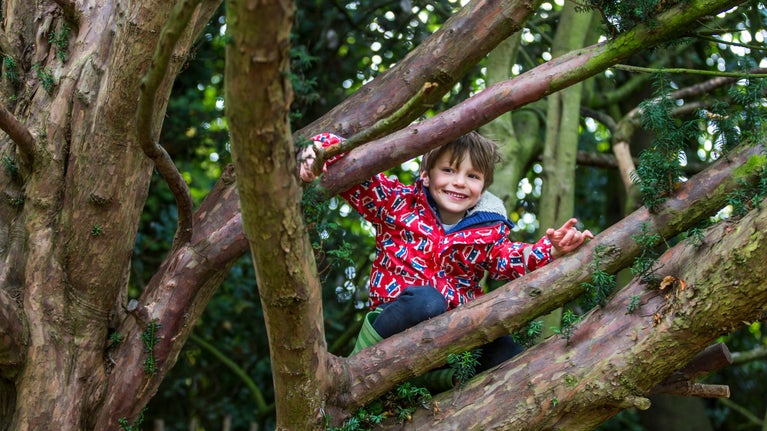
‘50 things to do before you're 11¾’
Have fun exploring nature and the great outdoors with our list of ‘50 things to do before you're 11¾’.
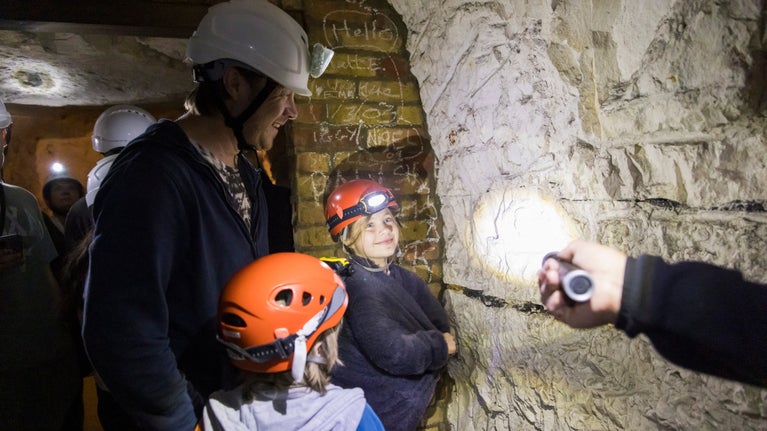
Go on a time-travelling mission to uncover clues about animals and plants from the past. Our guide reveals the best places to hunt for fossils and bones. You can learn about the UK's best dinosaur discoveries too.
Make sure you check with an adult before setting off on your fossil-hunting adventure and keep clear of any unstable rocks or cliffs.
Fossilised animals and plants can be as teeny-tiny as a seed, or as gigantic as a tyrannosaurus leg bone. They can be found anywhere – even in your garden – but they’re most easily spotted near the seashore on beaches, under rocks or by rivers. A great place to look for fossils and bones is on the Jurassic Coast (the clue is in the name), which stretches from Dorset to Devon.
Once you’ve found a good place to go hunting, look for signs in the rocks of plants and animals that once lived on the earth. There’s no need to break open stones or use a special hammer – you’ll often discover the best fossils loose on the ground.
So you’ve found a fossil – now it’s time to take a closer look. Feel the weight and shape of the fossil with your hands. What do you think it was? Are there any parts missing? What lines and detail does it have? You could make a rubbing of the fossil with paper and a crayon, draw a picture of it or take a photograph for a memory book.
Fossils and bones are often washed across the sea, so your discovery may have travelled many miles. Use your imagination to think about the sort of land it once lived in. Where in the world do you think it came from? How old do you think it is? And what other animals and plants did it live alongside? Ask your friends for their ideas too – it could make for a great story.
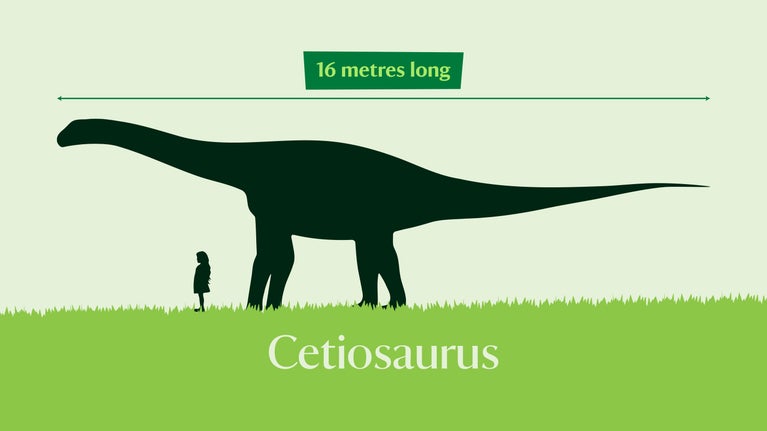
The largest dinosaur remains found in the UK are thought to belong to cetiosaurus. This dinosaur is a type of sauropod, a four-legged plant eater with a long neck, a longer tail and a tiny head. The bones were dug up in Oxfordshire and Rutland. They showed that cetiosaurus was around 16 metres long, nearly as long as two double-decker buses.
One of the best preserved dinosaur skeletons found in the UK was comptonatus chasei, found in the cliffs at Compton Bay, one of the places we look after on the Isle of Wight. This was a type of iguanodon and nearly 150 bones were found.
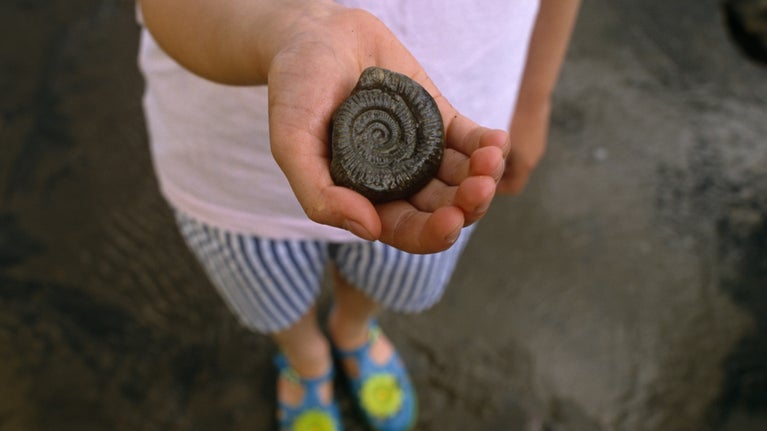
When you're hunting for fossils and bones, don’t be surprised if you come across other treasures from the past. Experts look for natural and man-made clues to put together the jigsaw of our history. What can your discoveries tell you about the people, animals and landscapes that lived before you?
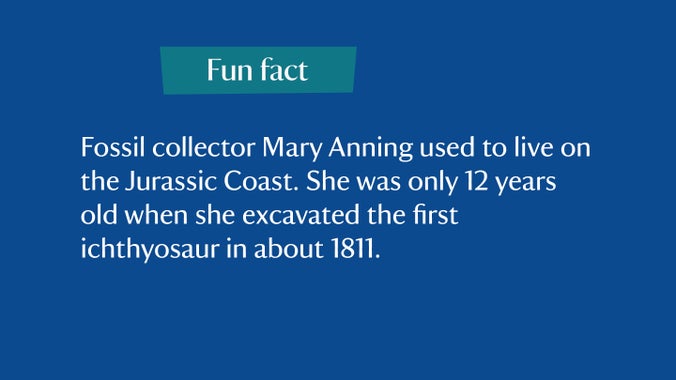
It’s great to build your own fossil collection and it’s often perfectly fine to take small fossils and bones home with you. But it’s always best to check the rules of the local area to see if you’re allowed to keep what you find. Let your nearest visitor centre or museum know if you uncover something special.

Have fun exploring nature and the great outdoors with our list of ‘50 things to do before you're 11¾’.
Fossils can be found anywhere, but you can often find them on beaches where they've been washed out of nearby cliffs. Discover some of the best coastal spots we look after where you might find a fossil or two.

Do you know your ammonites from your devil’s toenails? Discover how to identify some of the fossils commonly found around the UK coast and where you might see them.

A scavenger hunt tests your seeking skills in the wild and is lots of fun too. It’s no. 30 our ‘50 things to do before you’re 11¾’.

Finding your way with a map is no. 45 of the ‘50 things to do before you’re 11¾’. Use our guide and tips to help you set out.

Plan fresh-air activities, discover facts about nature and wildlife or learn a new skill with our suggestions for ‘50 things to do before you’re 11¾’.
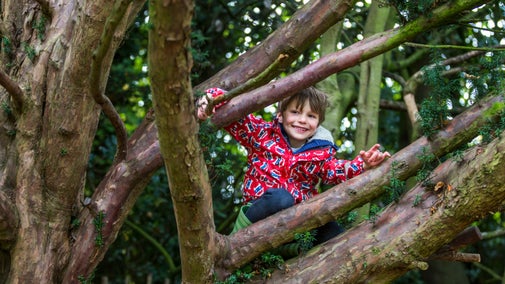
Join Tillie as she explores Hadrian’s Wall and accidentally goes back 2,000 years. Discover the history of the Romans, learn some Latin insults and meet some ancient pets as Tillie works out how to get back home.
